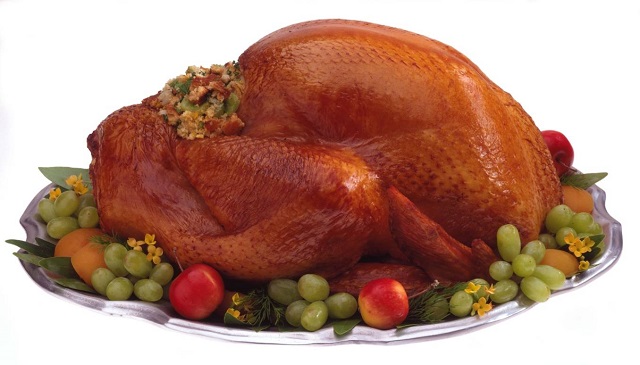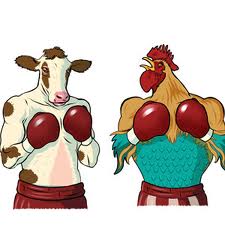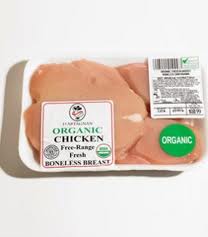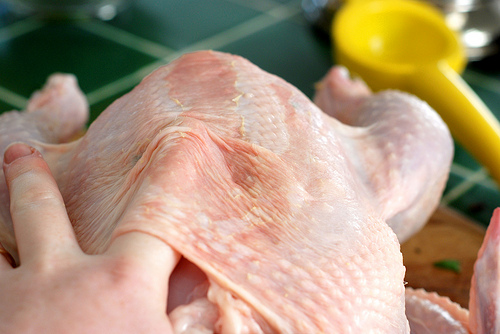Everyone who is directly or indirectly linked to the food business would have listened the term “mechanically deboned chicken” or “mechanically recovered/reclaimed meat”. It is rather a common term in cuisine. With the modernization and adaptation of new means and ways to make our work easier, each and every field has been evolved; whether it is the food, the sanitary or the major tech areas.
What is meant by mechanically deboned chicken?
If you are not aware of what actually is mechanically deboned chicken, then this article is the right choice as it would focus and highlight not only the meaning but also the nutrition value, safety and the usage of the deboned chicken.
Mechanically deboned chicken meat (MDCM) is basically a meat item got by stripping and squashing tissues after meat is removed from the bone and is expansively utilized as a part of meat items. It is actually like a viscous material and is usually processed by constraining pork, beef, chicken, or turkey meat under heightened force through a sifter or comparable apparatus to divide the skeletal substance (i.e. the bone) from the consumable meat flesh. This processed meat can be utilized in manufacturing a variety of processed poultry products like bologna, hot dogs or sausages. A large scale processed food manufacturing units usually use this mechanically separate meat.
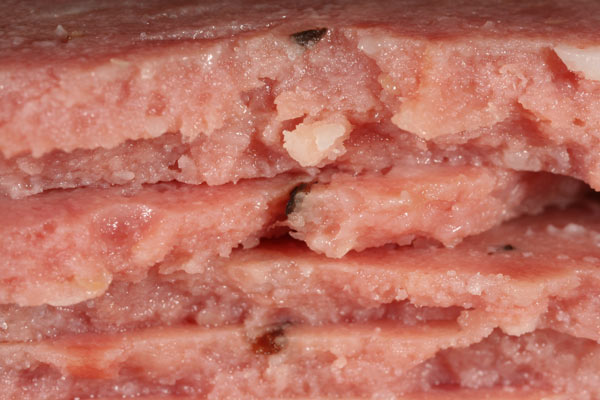
The nutritious value of mechanically deboned meat
A question might arise in a layman’s mind that whether the mechanically processed meat is nutritious for health or not. So we very logically answer this question and here we go.
And the answer goes YES!!! MDCM can be labeled as a nutritious meat. The nutritional profile of the MCDM holds marginally more elevated amounts of phosphorous and calcium which are actually the fundamental supplements. A single serving of MCDM of 4ozs weight contains 250 calories with only 20g of fat and 85mg of cholesterol. Moreover it contains protein content as well. The nutrition facts of chicken meat show that separate meat is not only easy to handle, but is also safe and nutritious for an individual’s diet.
Safety and regulations of MCDM
Another important point of consideration is the safety and regulatory measures adopted by the regulatory bodies of food quality maintenance. As we talked about deboning of meat, it becomes clear that the meat is processed at an industrial level to utilize maximum of the meat content of the poultry meat. This would definitely involve the usage of some chemicals. When the meat is mechanically separated, it loses the color as well as the flavor and in order to give MCDM the flavor and a hue, artificial colors and flavors are added; and to make it bacteria free, the meat is treated with ammonium hydroxide. Well, still there is not much to worry about as the different regulatory bodies in different countries have set boundaries on the mechanically separated chicken meat usage in the processed products, most of them limiting it to 20%. But with the outburst of epidemic of mad cow disease in 1980’s, the concerns augmented as the disease was the result of the mixing up of spinal cord bits with the separated meat. This led to the formation of various regulatory bodies. One of the renowned regulatory bodies is USDA which is working day and night for the food safety. You can visit the web link in order to see the accomplishments of it in maximizing the provision of safe and good quality products by establishing various strict rules on food services.
Usage of MCDM products
When it comes to the usage of the mechanically separated meat, then the facts about the poultry meat clearly show the wide and enormous usage of the pink slime or MCDM. It is everywhere. It is like an epidemic which is spreading no doubt. You name the processed food and you would have a noticeable amount of this meat in it. Whether it is chicken nuggets or fillets, burgers or hot dogs, sausages or pepperoni, meat balls or ham, the mechanically separate meat serves as the basic ingredient in each of them.
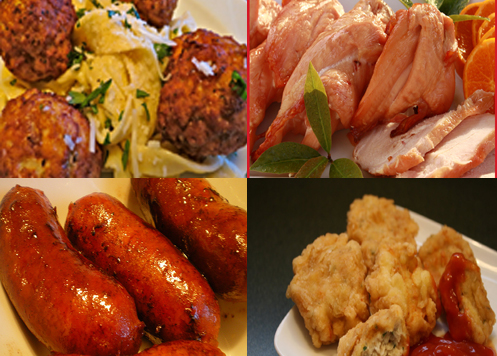
After the discussion, it can be rightly concluded that even if MCDM cannot be excluded from the food products, it must at least be used within the safe boundaries as nothing processed and artificial can meet the natural taste and nutrition of the food products.
